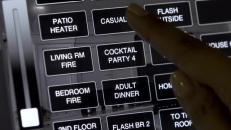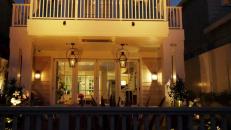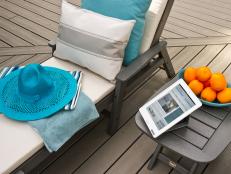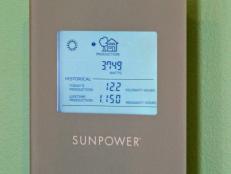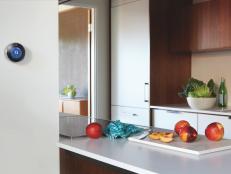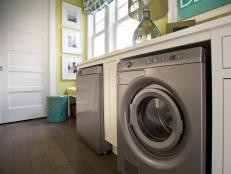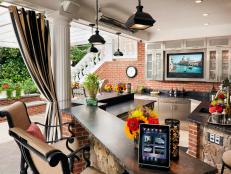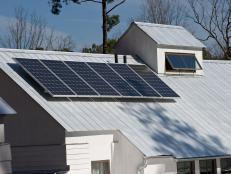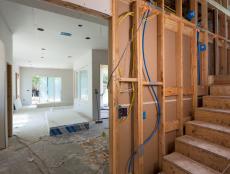Tips for Achieving an Energy-Efficient Temperature Inside Your Home
Find your comfort zone with programmable control systems for optimal temperature and humidity.
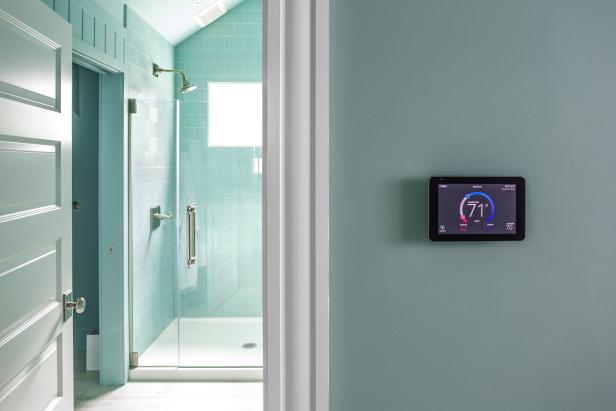
Tomas Espinoza

A wide range of programmable control systems are available to homeowners looking to find their ideal degree of coziness. Gone are the days of an “on/off” thermostat; our digital world opens up new opportunities for thermostat control, and true opportunities for energy efficiency too. Thanks to modern automation that impacts heating, cooling and humidity monitoring, managing your home can be done more easily than ever before. Learn more about these systems below, and then we’ll answer the question “How do you set the best temperature for your home?”
“Space heating is likely the largest energy expense in your home, accounting for about 45 percent of the average American family’s energy bills,” according to the U.S. Department of Energy. By making small adjustments in the way your home consumes energy, it can be easy to reduce the costs to heat and cool your home.
There are three major types of control systems available to homeowners today:
Traditional control systems feature a standard on/off programmable thermostat to homeowners to program the temperature for certain times of the day. These systems are either hard-wired or have wireless, mobile thermostats that can be placed anywhere in the home, but you must be on site to make adjustments to the temperature programming. You’ve surely seen them, but you’d label them as “older systems.”
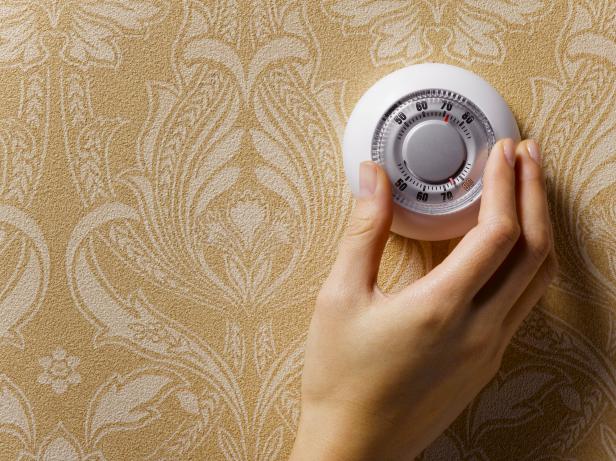
Jeffrey Hamilton
The second type of control system is similar to the programmable thermostat but it includes a humidistat to monitor and adjust humidity levels. High humidity can make for very uncomfortable living spaces, and homes are healthier and more durable if humidity is kept in check, especially during the extreme temperatures of summer and winter. Variations of these systems allow occupants to create a comfort zone wherever they are. This feature really comes in handy if one part of the home receives a lot of afternoon sun while another part is cool in the shadows.
The most modern home thermostats are a marriage of the above two systems, plus so much more due to advanced automation and integrations with technology. Home systems can be trained to adapt temperature and humidity settings to your personal routine, and the systems are convenient to use too. It's never been easier to check to see if the kids have cranked up the heat when they're alone after school or lower the thermostat from the comfort of your bed. One of the best features of advanced control systems is that they generate digital recommendations based on learnings over time, making it easier for homeowners to track their efficiency and improve their energy consumption.
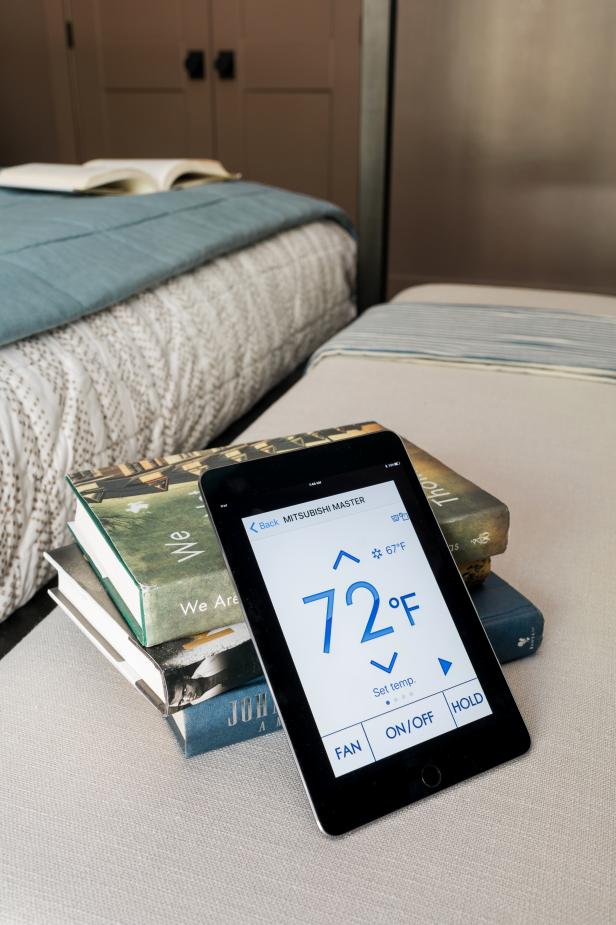
Robert Peterson, Rustic White Photography
Before you program your new control system, consider the type of heat source you have. The U.S. Department of Energy points out that heat pumps (such as air-to-air or geothermal), electric baseboard heaters, steam/hot water radiators, and radiant floor heating all take longer to warm or cool a space than forced air heating and cooling systems. For that reason, those systems work most efficiently when you keep the thermostat temperature stable, modifying the setting only if you’re going to be away for extended periods of time. For homes that fall into this group, try to find a temperature that’s tolerable both day and night, such as 68-degrees so that the system doesn’t have to expend a lot of energy to lift or lower the indoor temperature by more than a couple degrees. During the summer, adapt to an air-conditioned temperature between 75- to 78-degrees for maximum efficiency in hot or humid climates.
For homes with systems that can quickly heat, such as those with forced air, set a lower temperature at night and for any duration eight-hours or more that you are away from home. Set the system to a higher temperature while you’re home and necessitating warmer air. A range somewhere between 62- to 72-degrees is efficient and tolerable for homes with forced air, and if you can limit how many “ups and downs” you trigger each day, you’ll maximize the efficiency of the system. During the summer, follow the same strategy and ease up on the air conditioning consumption if you aren't home for eight-hour stretches.
Take energy efficiency one step further by embracing more smart home technology.








